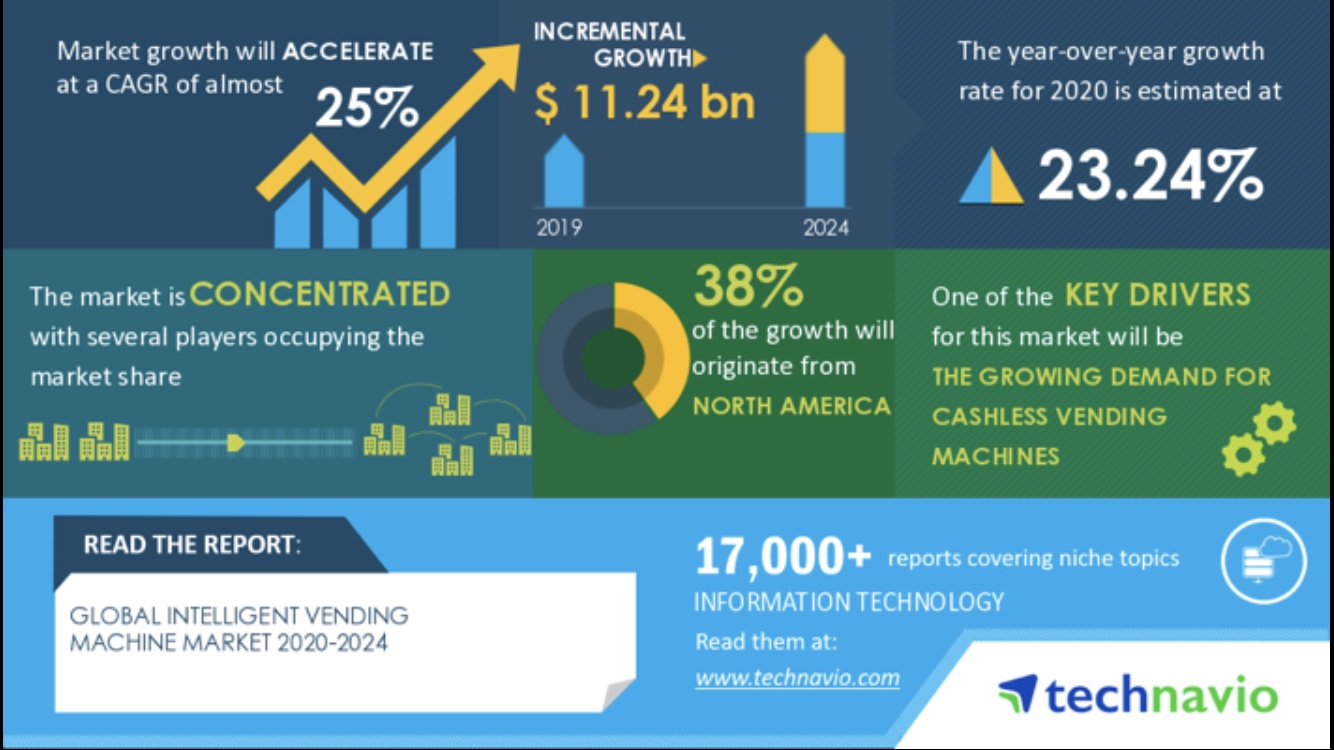Yes, smart vending machines not only make money but typically generate significantly more revenue than traditional vending machines. Their enhanced capabilities, customer engagement features, and operational efficiencies create multiple opportunities for increased profitability across various industries, from retail to healthcare. While the initial investment in smart vending technology may be higher than traditional vending machines, the return on investment is often substantial and occurs across several dimensions.
Smart vending machines clearly outperform traditional vending machines in terms of profitability. Through multiple revenue streams, operational efficiencies, and expanded applications in high-value sectors like healthcare, smart vending creates compelling financial returns for operators.
For healthcare organizations in particular, smart vending technology offers a unique combination of benefits: extending service hours, reaching more people, reducing staffing requirements, gathering valuable data, and potentially improving health outcomes. While some healthcare applications may prioritize public service over direct revenue generation, the operational efficiencies and broader system impacts still create meaningful financial returns.
As adoption of smart vending technology continues to grow across sectors, we can expect further innovations that enhance both the customer experience and the business case. Organizations that invest in smart vending solutions like SMRT1’s CARE System are positioning themselves at the forefront of this technological evolution, ready to capture both financial and mission-related benefits.
Whether your goal is maximizing retail profits or extending healthcare access, smart vending machines deliver measurable financial advantages over traditional vending solutions.
Multiple Revenue Streams
Smart vending machines create opportunities for multiple revenue streams that traditional vending machines simply cannot offer:
Higher Average Sales: Smart vending machines accept a wide variety of payment methods, including credit cards, mobile payments, contactless options, and traditional cash. This payment flexibility eliminates the common barrier of customers not having exact change, resulting in more completed sales. Industry data shows that adding cashless payment options alone can increase sales by 15-30% compared to cash-only machines.
Upselling Capabilities: The interactive touchscreen displays on smart vending machines can recommend complementary products or promote special offers. For example, a customer purchasing a beverage might be prompted to add a snack at a discounted price. This digital merchandising capability can significantly increase average transaction values.
Premium Product Options: Smart vending machines can securely dispense higher-value items than traditional machines, enabling the sale of premium products with better profit margins. The enhanced security features, inventory tracking, and sophisticated dispensing mechanisms make it feasible to offer everything from electronics to high-end skincare products to medical supplies.
Advertising Revenue: The large-format digital displays on smart vending machines offer valuable advertising space. Machine operators can generate additional income by selling advertising slots to relevant businesses. For healthcare applications, this might include appropriate health-related messaging, community resources, or partner promotions, creating an additional revenue stream beyond product sales.
Interactive Promotions: Smart vending machines can host interactive promotions, contests, or loyalty programs that drive repeat business and higher engagement. These features transform a simple transaction into an engaging customer experience that encourages return visits.
Operational Efficiency
Beyond generating more revenue, smart vending machines also increase profitability through improved operational efficiency:
Remote Monitoring and Management: Smart vending machines connect to the cloud, allowing operators to monitor inventory levels, machine status, and sales data in real time. This remote visibility eliminates unnecessary service visits and enables route optimization. Technicians only visit machines that actually need attention, reducing labor costs and travel expenses significantly.
Data-Driven Inventory Management: The data collected by smart vending machines helps operators optimize their product mix based on actual purchasing patterns. By analyzing which items sell best at different locations or times of day, operators can stock each machine with the most profitable product selection for its specific environment, reducing waste and maximizing sales opportunities.
Reduced Product Spoilage: For temperature-sensitive items like food or certain medications, smart vending machines can provide constant temperature monitoring and alert operators to any issues before products spoil. This capability is particularly valuable in healthcare applications, where maintaining the integrity of medical supplies is essential.
Lower Maintenance Costs: Smart vending machines can predict maintenance needs before failures occur. Preventative maintenance scheduling, based on actual usage patterns rather than arbitrary timeframes, extends equipment life and reduces costly emergency repairs.
Enhanced Security Features: Smart vending machines include advanced security measures that reduce losses from theft or vandalism. Remote monitoring, activity logs, and even built-in cameras can deter tampering and provide evidence if incidents occur. For healthcare applications dispensing controlled items, these security features are particularly valuable.
Healthcare Applications
While traditional vending has focused primarily on retail, smart vending machines have opened significant new revenue opportunities in healthcare settings:
Extending Pharmacy Services: Healthcare facilities can use smart vending machines to dispense over-the-counter medications, personal care items, or even certain prescription medications after verification. This extends pharmacy services beyond normal operating hours while reducing staffing costs. For patients, the convenience of 24/7 access can dramatically improve satisfaction and adherence to treatment plans.
Public Health Program Support: Public health departments using SMRT1 CARE PODs for harm reduction or health education programs benefit from both direct and indirect financial returns. While many harm reduction supplies may be provided at no cost to the end user, the operational efficiency of automated dispensing significantly reduces program staffing requirements, allowing health departments to serve more people with the same resources.
Data Collection for Grant Funding: The anonymous usage data collected by healthcare-focused smart vending machines provides valuable insights for public health planning and can strengthen grant applications. This data helps demonstrate program effectiveness and community impact, potentially increasing access to additional funding sources.
Insurance and Healthcare System Savings: While not always a direct revenue source for the machine operator, smart vending deployments can create substantial cost savings for healthcare systems. For example, harm reduction vending machines that help prevent overdoses or disease transmission reduce expensive emergency department visits and treatments. These system-wide savings make smart vending an attractive investment for integrated healthcare providers and insurers.
Return on Investment
The return on investment (ROI) for smart vending machines considers both the revenue increases and the operational efficiencies described above. While the initial investment for a smart vending machine is higher than for a traditional vending machine, the payback period is often shorter due to the multiple ways these machines generate additional value.
Typical ROI calculations for smart vending should consider:
Initial Investment: This includes the cost of the machine itself or the SMRT1 POD upgrade for existing machines, installation, initial stock, and any site preparation. For healthcare applications, this might also include compliance-related expenses for secure dispensing of sensitive items.
Revenue Projections: Based on location, product mix, and target audience, estimates of daily, monthly, and annual sales can be calculated. Industry data suggests that smart vending machines can increase sales volume by 20-50% compared to traditional machines in the same location.
Operational Costs: Smart vending generally reduces operational costs through route optimization, reduced service visits, and better inventory management. These savings should be calculated as part of the ROI.
Depreciation and Lifespan: Smart vending machines typically have a longer useful lifespan than traditional machines because they can be updated with new software features. This extended lifespan improves ROI over time.
For healthcare applications specifically, ROI calculations should also consider broader value metrics beyond direct revenue: the number of people served outside normal hours, reduced burden on healthcare staff, improved medication adherence, or public health outcomes like reduced disease transmission or overdose rates.
SMRT1 Technologies provides detailed ROI analysis tools that help potential operators understand the specific financial benefits for their intended application, whether retail, healthcare, or another sector. As mentioned in the original content, our comprehensive blog post on calculating return on technology provides additional insights into the financial benefits of smart vending investments.
We have a great blog post here that shows the ROI of smart vending machines.

